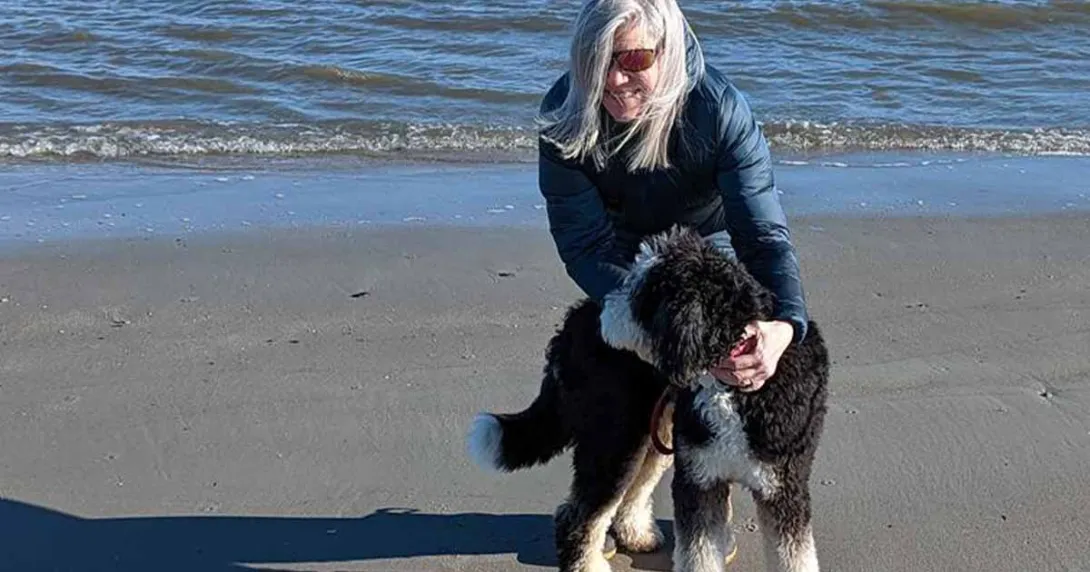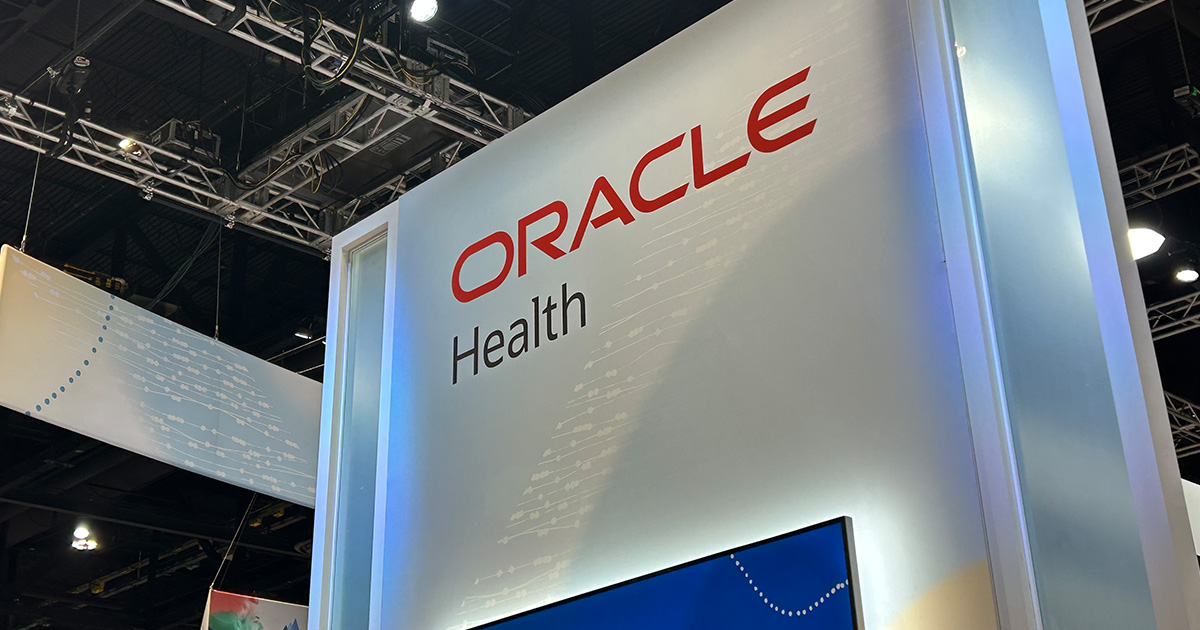
There are staffing shortages up and down the caregiver ladder, across the entire healthcare ecosystem. These shortages are perhaps most acutely felt among nurses, who provide so much of the care patients receive in hospitals and health systems.
Many experts point to telemedicine as a big aid for staffing shortages, virtually pulling in caregivers to help in any number of circumstances. Virtual nursing is certainly one of those areas – and it holds great promise.
Cheryl Dalton-Norman, RN, is president and cofounder of Conduit Health Partners, a nurse-led telemedicine technology and services vendor that aims to improve care and access for health systems, provider groups and employers by more than 200 nurses serving more than 200 locations in 47 states.
We spoke with her to discuss how a telehealth-driven, nurse-first model can improve patient routing, ease emergency department overcrowding and boost access and satisfaction.
She also discussed how nurse-first triage and patient transfer centers can use traditional telephone technology to boost efficiency, and described the benefits hospitals can gain in managing high-acuity flow and achieving economies of scale by outsourcing patient transfer functions through a centralized telehealth hub.
Dalton-Norman also sees big opportunities for hospitals and health systems to fight physician burnout with nurse-first tele-triage.
Q. How can a telehealth-driven, nurse-first model improve patient routing, ease ED overcrowding, and boost access and satisfaction?
A. When I think of the impact a nurse-first model of telehealth-driven care can make for patients and their families, I think of my father-in-law, Arthur, who died earlier this year.
He was very sick, had a leg amputated and was severely debilitated. One Saturday at 3 p.m., he felt terrible and needed extra help. Every time we'd taken him to the emergency department in the past, it made things worse. He would undergo rounds of testing, only to find out there was nothing more they could do. Then we had to get him back to assisted living. It was a vicious cycle.
That Saturday, we all were exhausted, and I couldn't get in touch with a single healthcare professional. There was no one to look into his records, no nurse triage, no alternatives to calling an ambulance. Even as a nurse of 42 years, I was stuck. So, we ended up in the same cycle again, which continued until he passed away.
Inappropriate ED utilization happens because patients and their families don't have ready access to someone walking them through their options for care. A nurse-first model routes patients and their families to the right resource in the moment they need support.
It's an approach that gives everyone peace of mind while taking pressure off overburdened ED staff. It ensures people who need emergency care don't face an unnecessarily long wait to be seen.
I once shadowed one of our nurses at night. A young couple called in wanting to take their baby to the ER. They were taking the baby's temperature every five minutes because they were scared – not medically in need of emergency care.
What they needed was a compassionate voice, someone to talk them through their baby's symptoms and offer reassurance. Our nurse helped them avoid an unnecessary ED visit, but most importantly offered these young parents peace of mind.
Immediate access to licensed professionals who can offer symptom-based triage and direction is absolutely critical. Unlicensed staff taking intake calls, with nurses calling back hours later, do not help in the moment when people are vulnerable and need guidance. A nurse-first telehealth model improves access and satisfaction while preserving emergency resources for those who need them most.
Q. In what ways can process-focused telehealth models – like nurse-first triage and patient transfer centers – use traditional telephone technology to boost efficiency?
A. Not everyone is tech-savvy. Not everyone can navigate a website or log into a patient portal. Not everyone has access to reliable Internet service. But almost everyone has access to a phone. In fact, 98% of American adults and 95% of American teens have a smartphone.
Nurse triage is a tool for equity. It helps care providers meet rural and marginalized populations where they are to provide the care they need. Even in communities that offer patient transfer centers, sometimes a physician is on call, but they may be out at a child's sporting event. We can still reach them because we're using a low-tech – but universal – method of contact: the phone.
People assume everyone is tech literate. They're not. The phone is the great equalizer. It gives us an easy, effective way to connect with patients and providers quickly.
Q. What benefits can hospitals gain in managing high-acuity flow and achieving economies of scale by outsourcing patient transfer functions through a centralized telehealth hub?
A. When it comes to patient transfer services, a lot of healthcare leaders think, "It's just a couple of people in a room answering phones." But with a centralized and standardized process focused on driving access and speed to care, this type of service can transform efficiency and health outcomes. It also can reduce care costs.
The key is to remove the human hesitations that slow down care. For example, a nurse at the end of a grueling shift might not be thrilled to take on another transfer. A physician at 2:30 a.m., post-surgery, may wonder if a patient can wait until 8 a.m. Telehealth nurses don't face that same fatigue. They view the scenario at hand from the patient's perspective and focus on making the right care easier and faster to obtain.
Another benefit is balancing the load across systems. If a Level 1 trauma center is overwhelmed but a nearby hospital has capacity, nurses route the patient there. They coordinate with doctors, confirm bed availability and even manage transport.
Just because you can develop a service internally doesn't mean you should. This way, health systems preserve clinical staff for in-person care while gaining expert-driven services that are efficient and informed by best practices.
Data-driven insight strengthens care response and helps organizations understand patient patterns, provider behaviors and service gaps. With that insight, executives can make smart decisions about where to focus and what to build upon.
One health system in Texas leveraged telehealth data to make major operational improvements that led to better care, smarter use of resources and significant cost savings.
For transfer centers, it's important to track the percentage of patients accepted for every 10-minute interval – 0-10 minutes, 10-20, and so on. Most organizations think they're fast. They're usually surprised to learn how much they can improve when they start looking at their data broken down by service line and compared across peer organizations.
Then they can answer questions like: "Why does it take two hours to get a neuro patient accepted when we accept this cardiology patient within the first 30 minutes?" One partner's cardiac transfers dropped from 20 a month to nearly zero. What changed? Did a hospital switch referral partners? Did they hire a new cardiologist? That kind of real-time feedback helps organizations protect their volumes.
Behavioral health transfers can be particularly challenging. Without proper resources, patients can sit in ERs for days. I'm not even talking hours. I'm talking days. That grinds the whole department to a halt. Telehealth placements are quick, and that burden is lifted. No one can be an expert in everything. Focused knowledge complements in-house teams and helps them succeed.
Q. How can hospitals and health systems fight physician burnout with nurse-first tele-triage?
A. Both nurse triage and patient transfer center services can reduce burnout among physicians and clinicians. If something can be handled remotely, why should overworked staff have to handle it in person – especially if remote support strengthens care response?
Removing the administrative burden of care gives nurses and doctors more capacity to focus on what truly requires in-person support. Many practices find that physicians are better rested and more effective during the day if they're not up all night fielding calls that a triage nurse could have handled.
Without nurse triage, physicians are often up all night, then expected to perform surgery or see patients the next day. We owe it to our physicians, our clinical teams and our patients to establish better systems of care.
Follow Bill's HIT coverage on LinkedIn: Bill Siwicki
Email him: bsiwicki@himss.org
Healthcare IT News is a HIMSS Media publication.
WATCH NOW: Mount Sinai's new CDIO offers an inside look at her very full plate


